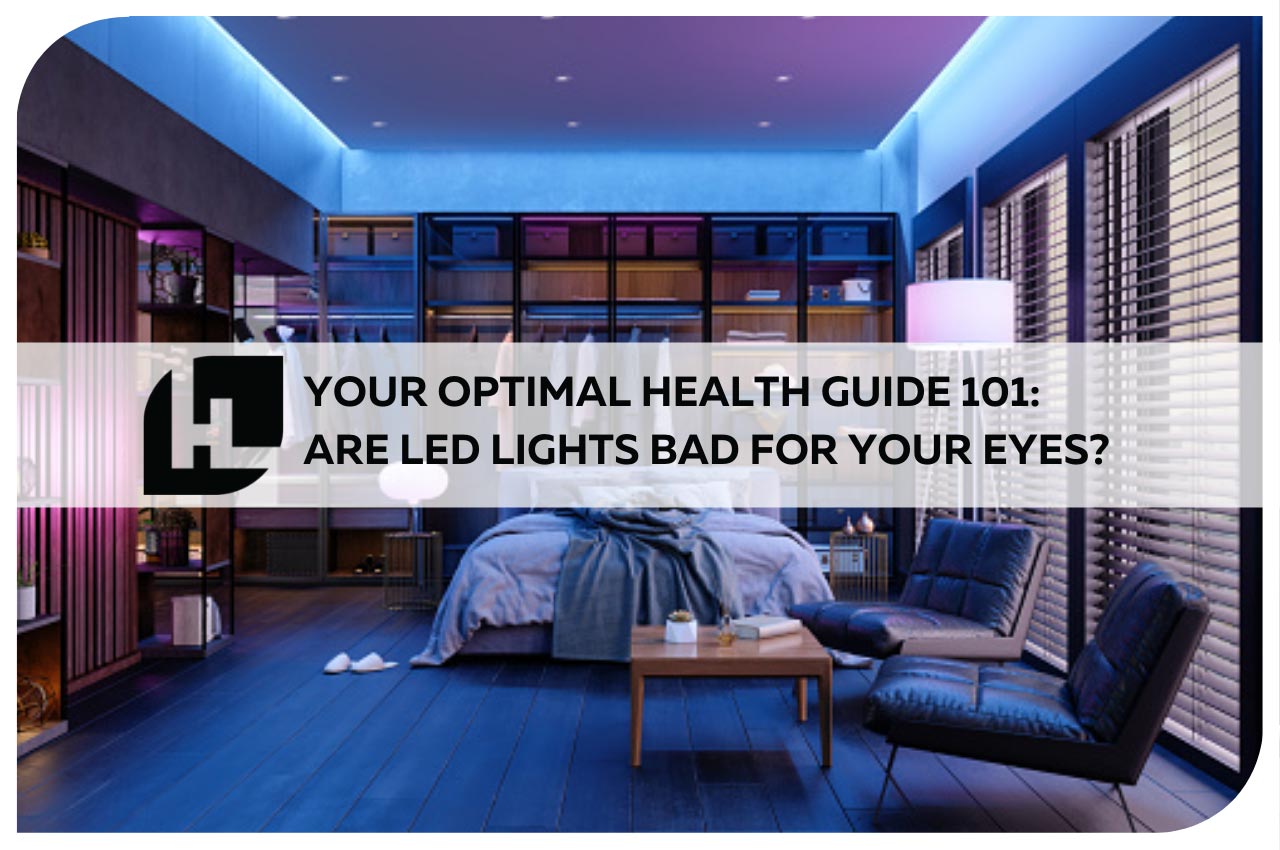Commercial LED strip lights have been considered the green alternative to traditional incandescent bulbs since 1962. They are energy-efficient, economical, and come in different colors and warmth.
However, recent studies show that they emit blue light which is harmful to the eyes. We make matters clear in this post.
What are LED Lights?
Light-emitting diodes (LED) lights use semiconductors that produce light when electricity passes through them. Typically, they do not burn out. Instead, they undergo lumen depreciation, which is when the brightness dims slowly over time.
Are LED Lights Bad for Your Eyes?
Some studies and reports say that the blue light emitted by LED lights is phototoxic. It can damage the retina and strain the eyes. It can also disrupt the body’s natural circadian rhythm the same way blue light from mobile phones wakes the brain when the body needs to sleep.
Additionally, these seemingly short-term effects can aggravate with prolonged exposure. They can lead to a decline in visual acuity, macular degeneration, frequent headaches, migraine, and visual fatigue.
However, the differences in the outcomes of studies make these effects inconclusive—the reason why scientists cannot recommend throwing away our mobile phones or using anti-glare or blue light glasses.
How Can You Protect Your Eyes from LED Light?
Still, an excess of anything, blue light or not, is bad for your health. Protect your eyes from overexposure to bright lights by reducing screen time. Taking breaks every 20 minutes from looking at your laptop screen can also help prevent eye strain. Most importantly, learn what LED light color to use in each room.
White LED Light Bulbs
Home and commercial LED light bulbs are available in warm white, natural white, and cool white. Each carries a tone, light temperature, or lighting power calibrated through the Kelvin unit of measurement. The higher the measurement, the brighter and cooler the light.
Warm LED bulbs work best in most living rooms and bedrooms as they are relaxing to the mood. They give off soft white lighting like that of incandescent bulbs. Rooms rich in wood floors and furniture also work well with warm lighting.
On the other hand, cool lighting suits work areas, like the laundry room, garage, and study rooms—as it brings out detail and color in a room. Most offices use it too in the form of commercial LED strip lights. As for spaces with white walls, they look best with natural white lighting.
The key in choosing is to keep your eyes from glaring or squinting. There are LED lights that can be used with dimmer controllers. They allow you to fine-tune the light temperature to what works with the room.
Install the Right LED Lights in Your Space
If you’re thinking twice about using LED lights at home or for your business, just consider taking precautions to protect your eyes. Short-term exposure does not damage your sight. It's the constant strain and glaring that does.
If you need help installing LED light strips or simply have queries about the best products to use, check out HitLights. We have an entire catalog of white and colored LED lights we can install and discuss with you.
Contact us at 855-768-4135 at HitLights today!


